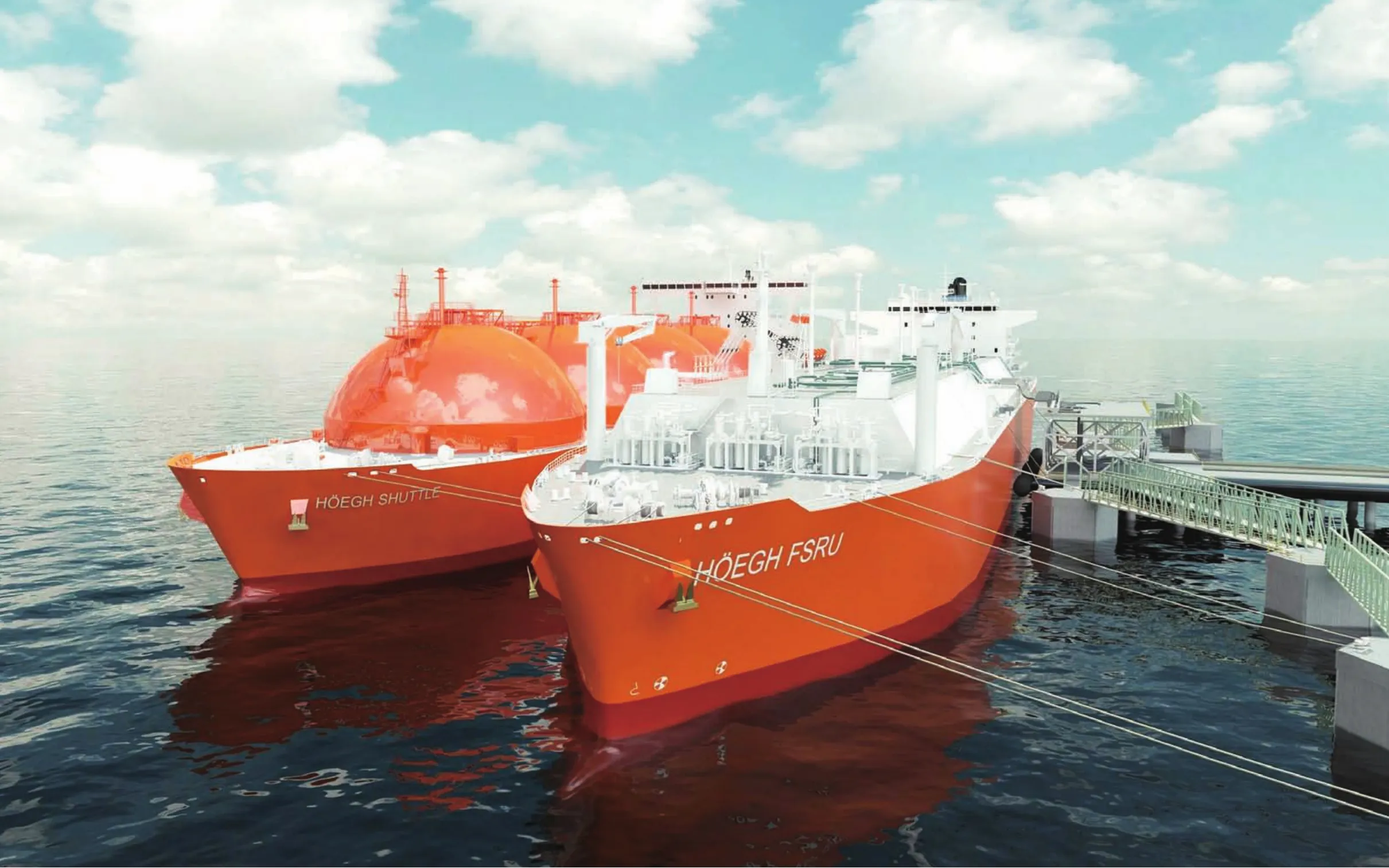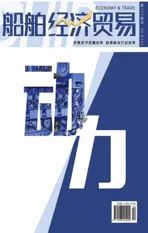Shipbuilding Market Demand on the Rise in 2018
2018-05-30GaoXinru
Gao Xinru
On March 23, Fujian Chamber of Commerce for Ship Export Base and Sinosure Fujian Branch jointly held a ship situation seminar in Fuzhou, invited Bao Zhangjing, vice president of China Institute of Comprehensive Technology and Economics of Shipbuilding Industry,Cai Lu, industry analyst with Sinosure,and Dong Zhou, project manager of Drury Corp., a global top-notch international shipping research and consulting institution, to conduct shipbuilding market situation analysis to 120-plus industry people and put forward many valuable suggestions.
At the meeting, Bao Zhangjing made a detailed analysis for the global shipbuilding and offshore engineering market trends in 2018 and voiced his personal views. He believed pressure still exists on sharp rebound of transactions and corporate order taking decision is more difficult; supplydemand relations of the whole industrial chain have not undergone substantive change, the absolute surplus of shipping capacity has not essentially improved,why new ship orders have a surpassing recovery, whether such recovery is sustainable, and these are worthy of earnest consideration.

Bao Zhangjing also performed detailed data analysis for bulk carrier,crude tanker, container ship, LNG carrier,drilling platform, offshore engineering auxiliary vessel, ro-ro passenger ship, roro ship markets. He said the 2018 new ship demand on the global shipbuilding market will be in a steady rise, 75 million DWT will be a big probability event of trading volume. In new ship prices, despite fierce market competition, under the effect of cost pressure, global key shipbuilding enterprises with slightly easing shortterm commencement shortage have a clear willingness and expectation to raise prices,therefore new ship prices have certain rise space in 2016.

Bao Zhangjing held industry players should consider a few issues. Firstly,shipbuilding price strategy, many ship enterprises are quitting the market, what will stay are those with competitiveness,market will see the strong fight, the cost rate of these enterprises is undesirable and raising ship prices is a unanimous appeal. For this purpose, under the condition of certain trading volume as support, the strategy should not be cutting prices or low-price snatching an order. Secondly, future new ship order sources will be diversified, we must pay attention to shipowners who have not placed orders or ordered a few ships in recent years, e.g., those with sharply shrinking capacity inventory or sharply sliding percentage of the global fleet capacity ranking and they perhaps will become shipowners of new order source. Thirdly, focus on bulk carriers(in particular large and flexible vessels),pay close attention to crude tankers and oil product tankers, continuously tap the container ship market while keeping a watchful eye on filling ships and other special ships. The offshore engineering market should continuously pay attention to floating production platform. Fourthly,step up market tracing, actively walk out to Europe and North America, keep pace with new information and do a good job of scientific research and judgement, further step up demand side study and try to take the initiative to receive the order.

Drury Corp. Project Manager Dong Zhou analyzed the offshore engineering auxiliary vessel market in the past decade and reviewed its demand and fleet supply. She held the offshore engineering auxiliary vessel market depends on the oil price trend and it has no sharp rise possibility in next five years. Global oil exploitation and investment got warm again after a cold spell at the beginning of 2018, but largely concentrated in land area development, with not much to do with offshore engineering auxiliary vessels. Moreover, global oil consumption enters a growing “bottleneck period”,leading to oil demand growth slowdown.At present, age of offshore engineering auxiliary vessels is generally short,shipowners are not hardhearted enough to dismantle them ahead of schedule;the offshore engineering auxiliary vessel market is rather scattered and can hardly be controlled. Asia as the most robust growing point of global oil consumption contributes to drive offshore oil exploration demand, but backlogging offshore engineering auxiliary vessels are enough to meet the demand. Capacity of offshore engineering auxiliary vessels is obviously slowing down, supply surplus is being eased. New offshore engineering auxiliary vessels are scanty and future capacity growth is within a controllable range. With scientific and technological progress in future, offshore engineering auxiliary vessels will enter “large-scale”stage and small and medium offshore engineering auxiliary vessels will quit ahead of schedule.★
